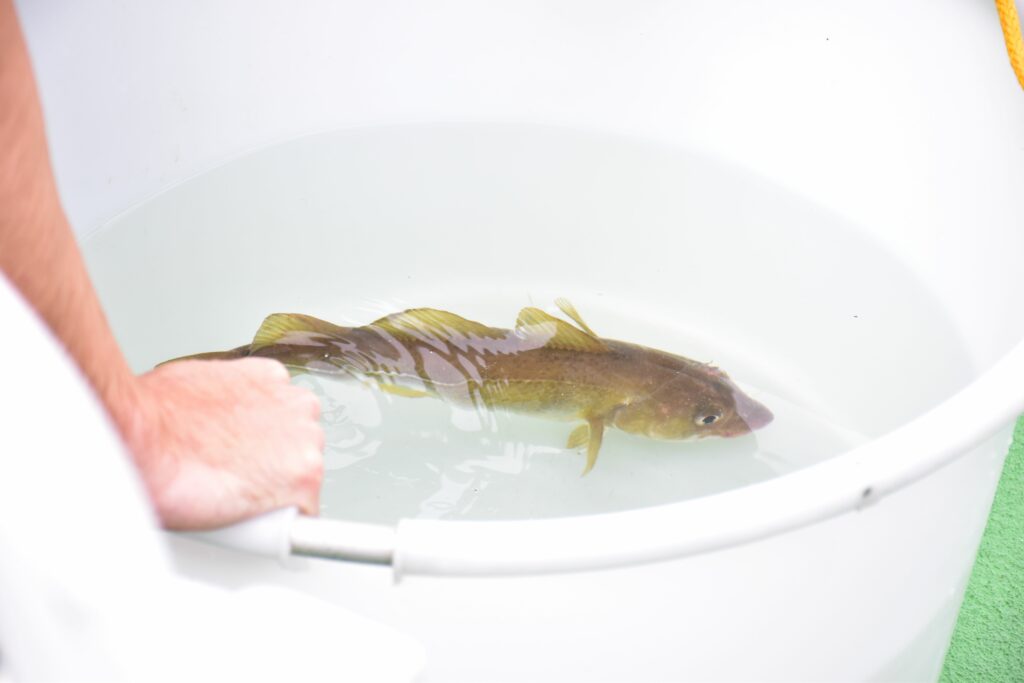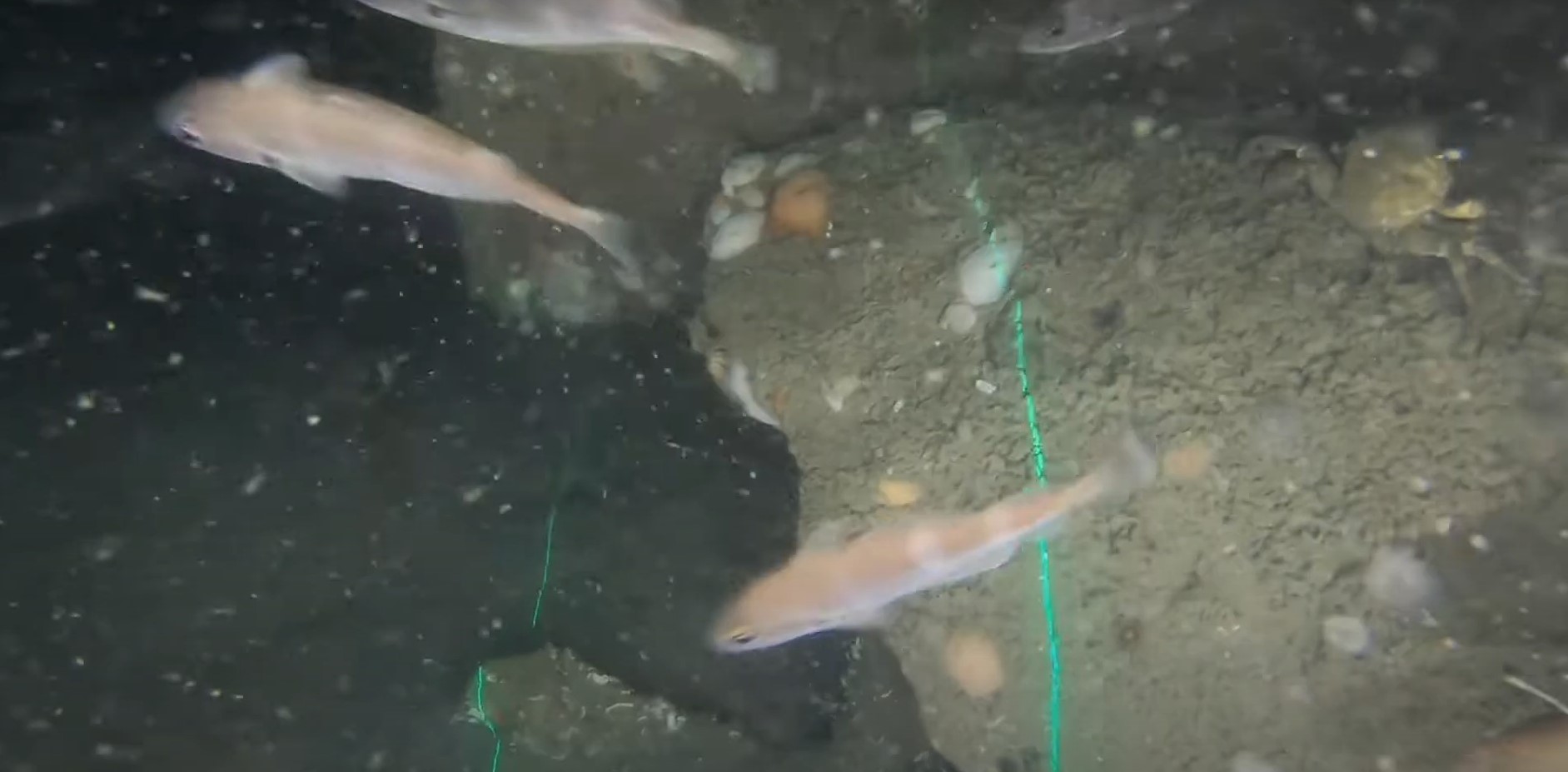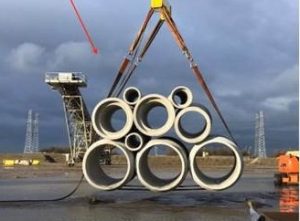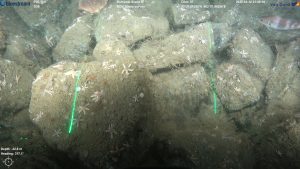This project studies artificial reef designs, and the behaviour of Atlantic cod in this environment. Findings from this project will inform the costs and benefits of artificial reefs in offshore wind farms (OWFs). At four locations around one wind turbine within the Borssele I & II wind farm, concrete pipes were placed as artificial reefs. Two of the four sites have their own scour protection.
In 2021 and 2021, scientists from Wageningen Marine Research used acoustic tags to study the behaviour of cod around these reefs. By studying the behavior of species that inhabit OWFs, we can better understand how these habitats are used (e.g. foraging preferences) and developed.





